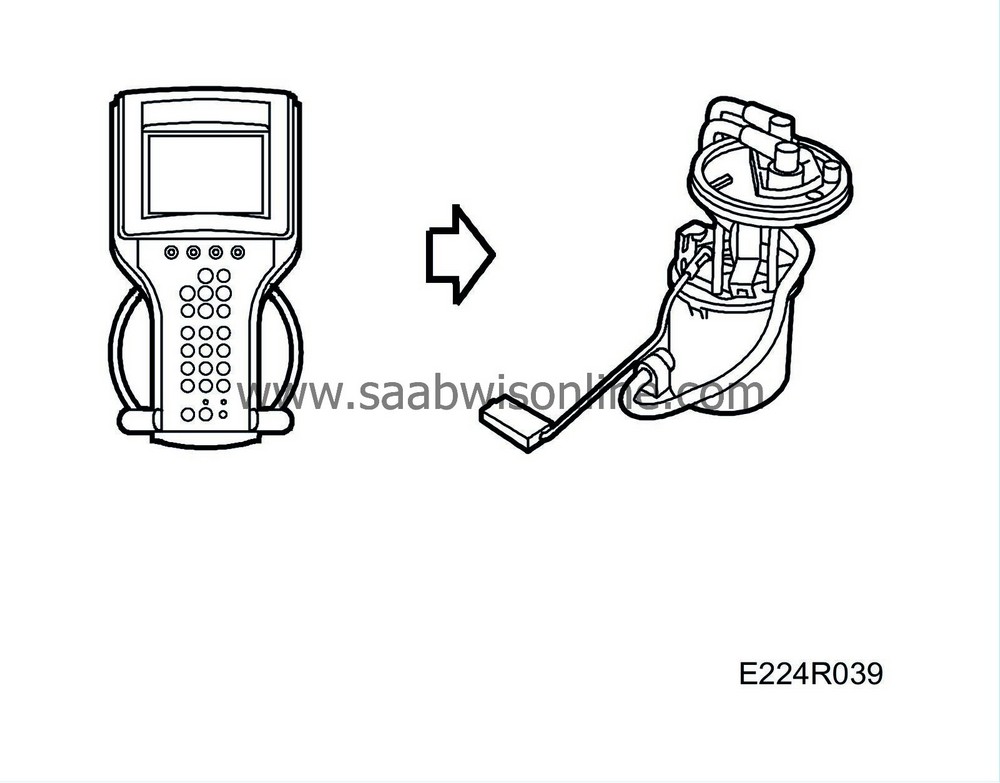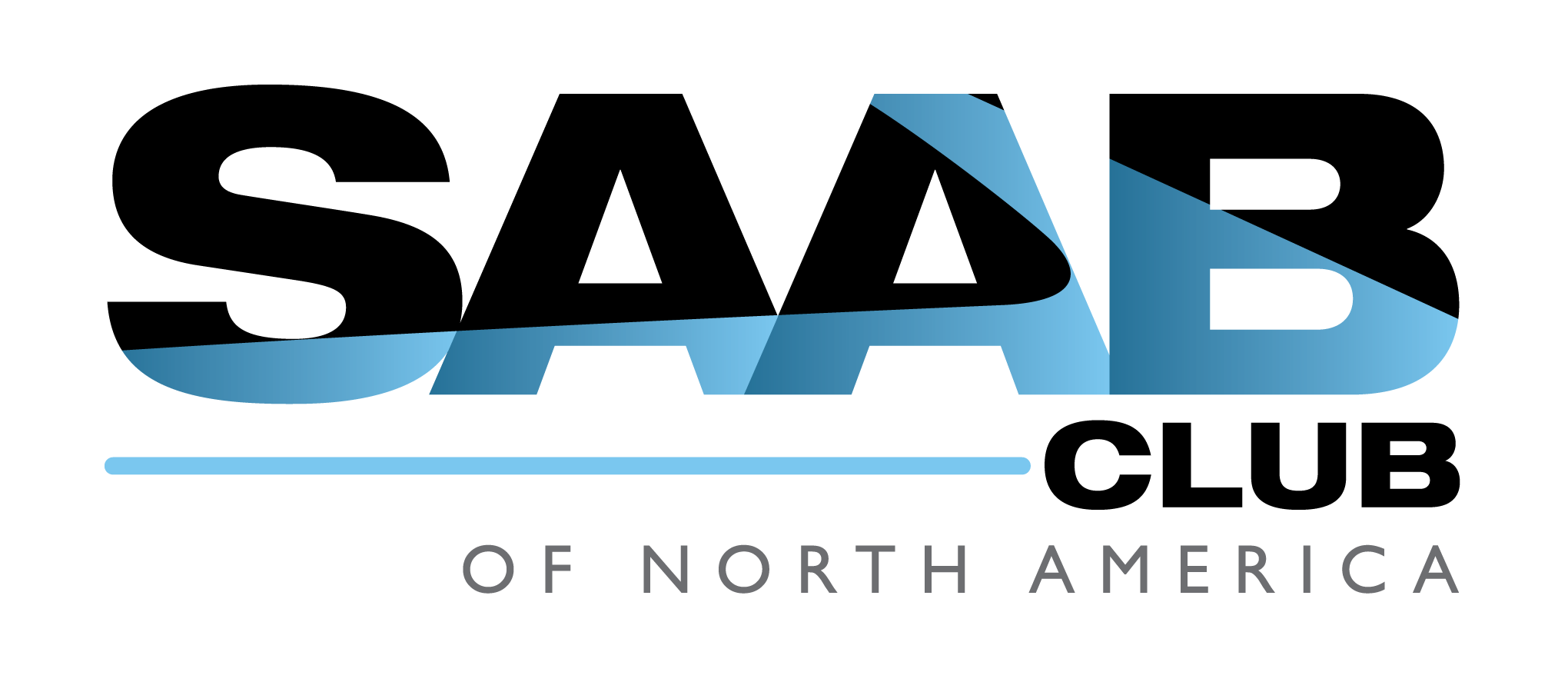Checking injector flow capacity
|
|
Checking injector flow capacity
|
 Warning
Warning
|
|
Removal of the fuel pressure regulator involves partial dismantling of the car's fuel system. The following points must therefore be observed in connection with this work:
|
|
•
|
Work only in a well-ventilated area. If approved equipment for the extraction of fuel vapours is available, be sure to use it.
|
|
•
|
Wear suitable gloves. Prolonged contact with fuel can cause skin irritation or dermatitis.
|
|
•
|
Keep a class BE fire extinguisher near at hand. Be mindful of the danger of sparks caused by short circuits and when connecting and disconnecting leads in electrical circuits.
|
|
•
|
No smoking anywhere in the vicinity,
|
|
•
|
Wear protective goggles.
|
|
|
|
|
|
|
Important
|
|
Scrupulous cleanliness is of the utmost importance when working on the fuel rail and injectors. Thoroughly clean the injectors, fuel rail and intake manifold and blow dry with compressed air.
|
|
|
|
1.
|
Remove the fuel rail as described in points 1-18
 .
.

|
|
2.
|
Fit a transparent hose onto the nozzle. This hose should be about 40 cm long and have an inside diameter of 15 mm.
|
|
3.
|
Place the end of the hose in a receptacle or measuring flask.
|
|
4.
|
Connect each injector to its proper connector.
|
|
5.
|
Start the fuel pump by connecting diagnostics cable 83 93 886 to the
upper pin
of fuse 8 and the
lower pin
of fuse 19.

|
|
6.
|
Perform a flow capacity test with the diagnostic tool. The diagnostic tool then activates the injector concerned with battery voltage for exactly 30 seconds.
|
|
7.
|
Check the quantity of fuel against the table below.
|
|
8.
|
Change any defective injectors.
|
|
9.
|
Fit the fuel rail with injectors, see
 .
.
Engine type
|
|
Flow capacity
|
|
Maximum permissible difference between injectors
|
B235E
|
ml/30 s
|
176±7
|
ml
|
18
|
B205E*
|
ml/30 s
|
126±5
|
ml
|
13
|
*Certain B205E engines with tuning kit (190 hp) are fitted with red nozzles. See data for B235E.
|
 .
.



 Warning
Warning

